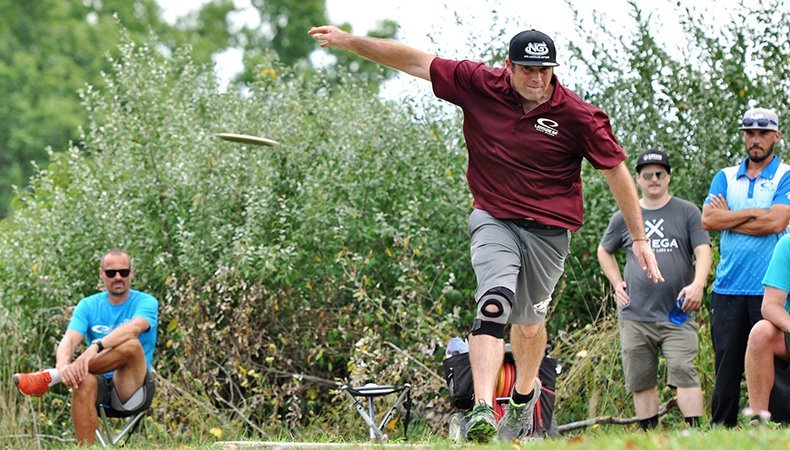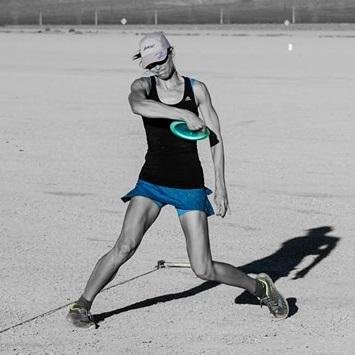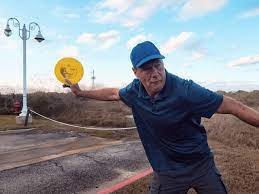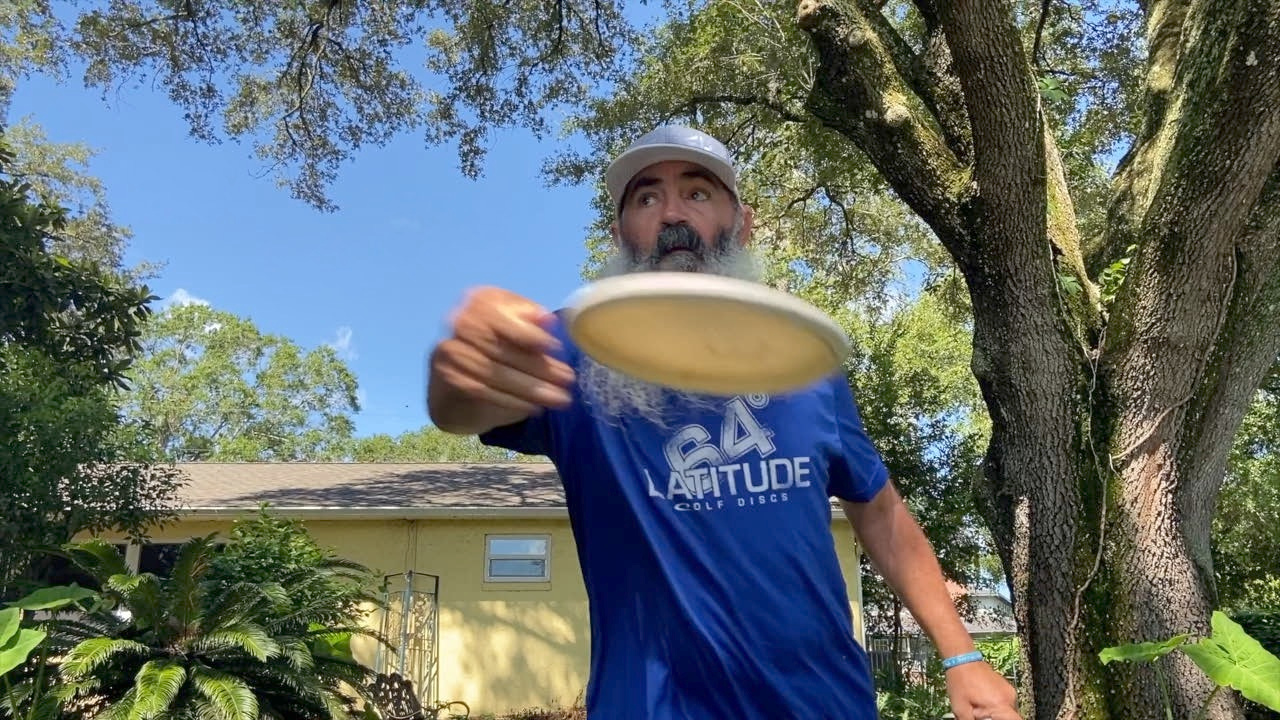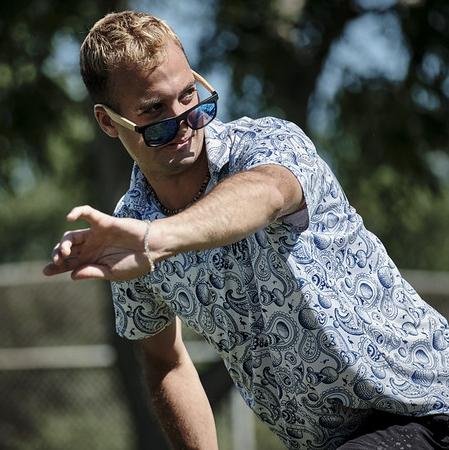The art of always improving
If you have read my blog in the past, you know I like to say that disc golf only takes a second to learn, but a lifetime to master. It is the constant pursuit of perfection that makes this sport so challenging and addicting. But I far too often hear people complaining that they’re just not improving, and this week I want to talk about that because despite what you may think, you ARE improving.
The thing about disc golf is that we often think in terms of, “You’re only as good as your last shot.” And if you’re having a bad round, then it’s easy to think, “I’m not good at this game.” But the truth is that, while it may not seem so in the moment, you are getting better. Because this game does take a lifetime to master, the improvements we make can feel so subtle that you don’t even realize they’re happening. I have the benefit of a rich history of my progress on film because of my YouTube channel. When I look back at videos from 2, 3, or even 4 years ago, it’s obvious how much I have improved with my form, my disc selection, and the way I attack a course. But for many others, this past vs now comparison isn’t so obvious, so it feels like nothing has improved. I recommend that you film yourself on occasion so that you can look back on those recordings to see that yes, you are getting better.
In the early days of the sport, each person was essentially on their own when it came to learning form and best practices. You can see that in the older players now that still play at the highest level; their drives, approaches, and putts are all contain unique form. Think of JohnE McCray, Matthew Orum, Juliana Korver, Dave Feldberg and Scott Stokely. But now we have the internet and there is almost too much information out there. It seems like there is a new form video being published every day. And this year we saw both the PulseA and Power Disc Golf Academy coaching programs launch. It is because of all these available resources that we are now seeing the homogenization of ‘proper disc golf form’. The science of the game has been analyzed, and we know what works and what doesn’t. We now try to emulate these forms, and sometimes if feels like it’s just too hard, but again, when we look back on our past selves, we can see that yes, we are now planting our feet properly. Yes, we’re engaging our hips. Yes, we’ve learned how to finesse a sweet nose up approach, and yes, we can make putts from circle 2.
I guess what I’m saying is that it’s far too easy to get down on yourself when you’re having a bad day on the course. It is much more difficult to say to yourself that it’s ok that you went OB, or that you shanked one into the woods. They say it takes more muscles to smile than to frown, and it is similar here; it’s easy to be negative about your game, it’s much more challenging to find the silver lining on those bad days. I know you’re not asking me, but my advice is to try to keep things in perspective and remember the early days when you first discovered this game. It was so new, and progress came much faster as you mastered the basics. And as you got better, the incremental improvements become harder to detect, but they are there. With long term hindsight, we can look back and see that we are making improvements. So, get out there, have fun and don’t worry about it. This is a lifelong journey, and you still have so far to travel my friend.

